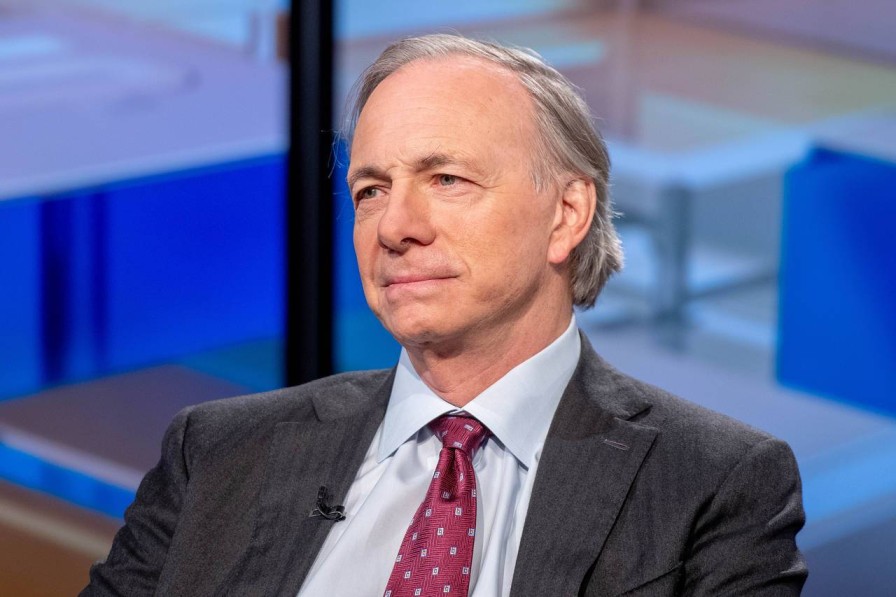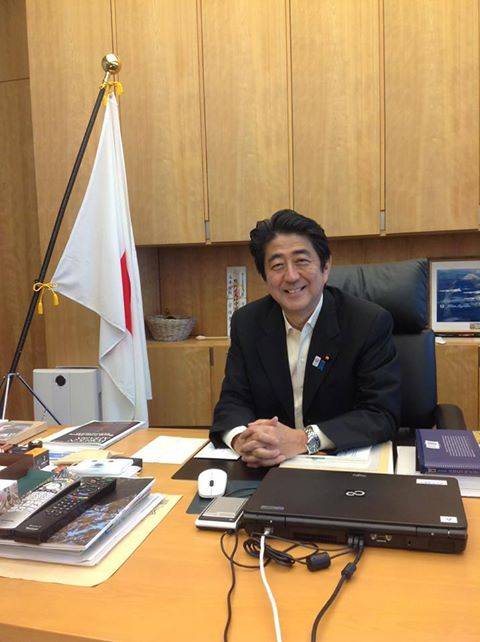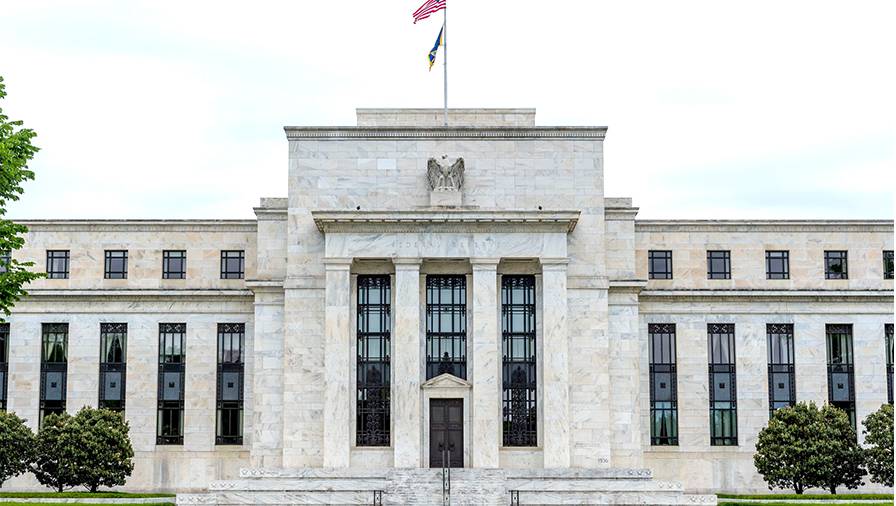Investment guru’s guide to managing debt cycle
ANALYSIS: Ray Dalio describes how countries go broke.
How Countries Go Broke: The Big Cycle, by Ray Dalio.
ANALYSIS: Ray Dalio describes how countries go broke.
How Countries Go Broke: The Big Cycle, by Ray Dalio.
Like governments around the world, Wall Street investment guru Ray Dalio has a problem with debt. His worries are based on historical analysis of debt crises that precede financial collapses.
Dalio, in case you don’t know, is the founder of the Bridgewater Associates hedge fund – said to be the world’s largest – and he backs up its performance with 50 years of experience and knowledge. Regular readers of NBR’s international roundup, Morning Brew, will be familiar with his Fox TV sound bites.
He has added a fifth volume, How Countries Go Broke: The Big Cycle, to three investing guidebooks, Principles: Life & Work, Principles for Success, and Principles for Navigating Big Debt Crises. These were followed in 2022 by Principles for Dealing with the Changing World Order, previously reviewed here.
Debt should be on every New Zealander’s mind, as politicians are gambling with the country’s future due to the rising cost of servicing deficits as spending outstrips revenue. That servicing cost is running at about $11 billion a year, rising to $12.7b in 2028/29.

Ray Dalio.
Dalio isn’t concerned about New Zealand’s fiscal quandary, as he has a much larger target in the United States, which he reckons is 85% through a Big Debt Cycle (he uses capitals to emphasise its importance) that started after World War II and will likely end in a bust.
These cycles run for as long as the lifetimes of most Westernised humans, which is 80 years, give or take 25 years. Dalio insists these cycles operate in a mechanistic way that can be measured and monitored. He also believes they are repeatable. Every generation believes its time is different.
The Big Debt Cycle begins with the issuing of credit – the easy part – and ends when the costs of debt repayment become unsustainable. The full cycle is made up of many small debt cycles that last about six years, give or take one or three years.
America has been through 12 of these smaller cycles since 1945 and, Dalio estimates, is two-thirds through the 13th. Overarching these is the Overall Big Cycle that accounts for non-monetary influences. These are:
Dalio also considers a fifth emerging force: the impact of changing demographics. In the developed world, this means an ageing population and higher healthcare costs are supported by a shrinking workforce. Meanwhile, the population of less developed countries is increasing, although only a small percentage of these people are truly productive.
Readers familiar with Principles for Dealing with the Changing World Order will recognise these concepts, as Dalio plunges into deep explanations of “hard” money (where a central bank has debt in a currency it can’t issue) and “fiat” money (where a central bank can issue its own currency).
His snapshot analysis of the global economy is worth quoting:
“At this time, there is great overindebtedness in the US and in all other major countries at the same time as there are increasingly nationalistic and fragmented internal orders in these countries, increasingly contentious relationships between countries, adverse and expensive acts of nature, and amazing new technologies.”
The language is tortuous, but you get the picture. The historical stuff starts in earnest at 1865 after the American Civil War and revolves through two world wars before starting over again in 1945.
This is examined in detail with a focus on the US, China, and Japan. The latter two countries modernised by adopting western styles of education, economy and militarisation. While Dalio cautions he is sceptical of China’s statistics and therefore its performance, he has no qualms in stating that Japan’s poor debt management from 1990 to 2013 was an example of “what not to do”.

Shinzo Abe was assassinated on July 8, 2022.
It failed to deleverage its debt after a crisis, resulting in more than two decades of deflation and economic stagnation. It finally got back on track with Abenomics (after Prime Minister Shinzo Abe), with a currency devaluation and lower interest rates. This reduced labour and debt servicing costs, leaving the central bank to carry huge losses.
Dalio points out that Japan is in better shape to compete internationally again – it’s having a tourist boom as visitors find it affordable – but its citizens, on a global comparison, are now 60% poorer than their US counterparts.
Most readers will want to know Dario’s prognostications for the future as the US enters a dangerous phase of the debt cycle, with rising interest rates and declining demand for government bonds potentially triggering a crisis.
He is no shrinking violet when it comes to self-promotion and his confidence in the soundness of his ideas, although they are often couched with provisos that you don’t have to believe them. For those who haven’t got time to read the full text, key sentences are set in bold to allow skimming.
As I stated in my review of his earlier book, Dalio’s numbers-based analysis is devoid of anything like ethics or philosophy. He admits his historical judgments are simplistic, and makes little mention of the impact of climate change on economies. You need to read other historians if you want perspectives or insights from psychology, anthropology, and archaeology.
Despite the dozens of charts and graphs, Dalio gives the impression he has more confidence in the expertise of modern central bankers than those of the past, whose mistakes have been thoroughly dissected. For example, they are less convinced of the need to protect currencies against debasement in the long run.

The US Federal Reserve.
Dalio is a Baby Boomer, whose aversion to debt and belief in preserving wealth do not gel with modern – perhaps “progressive” – notions that cycles are not such a big deal. (I am thinking here of the Greens’ fiscal ideas.)
For the record, without giving too much away, Dalio has a slick “three by three” solution for the US debt dilemma: a reduction in the budget deficit to 3% of GDP (half of the projected 6%) achieved from three sources – spending cuts, tax increases, and lower interest rates.
His ideal Federal funds rate is also 3%, with policymakers starting from a top-down position of deciding the amount of revenue to be raised before using those three levers to bring debt levels to a sweet spot between fiscal tightening and monetary easing.
At the policy level, Dalio urges investment in education, infrastructure and innovation to increase productivity, while using a mix of debt restructuring, controlled defaults and moderate money printing to reduce debt burdens without triggering hyperinflation.
He likens the current environment to that of 1905-14 and 1933-38, both periods leading to world war. He blames this on democracies becoming less effective and political leaders losing the ability to compromise.
Inefficiently run and divided countries provide ideal conditions for the rise of leaders who espouse populist, nationalistic, protectionist, militaristic and autocratic notions. All are on display, to differing degrees, in three of the world’s major powers: the US, China and Russia.
Adding the European Union to the mix, Dalio sees a possibility for an intriguing rearrangement of global alliances into US-Russia and EU-China combinations, such is the rapidity with which change can occur.
While Dalio’s prescriptions are couched in the language of professional investors, who are also the most likely readers, his latest instalment has plenty to interest those seeking insights into how the world’s best thinkers are tackling its problems.
How Countries Go Broke: The Big Cycle, by Ray Dalio (Simon & Schuster).
Nevil Gibson is a former editor at large for NBR. He has contributed film and book reviews to various publications.
This is supplied content and not commissioned or paid for by NBR.
Sign up to get the latest stories and insights delivered to your inbox – free, every day.